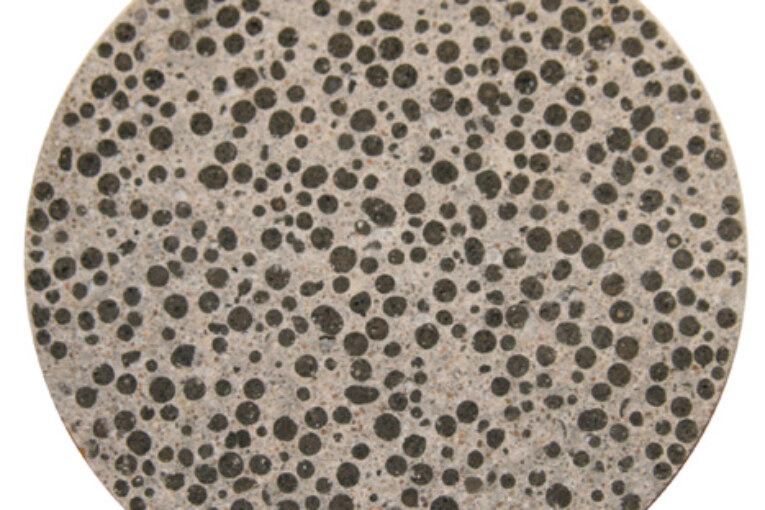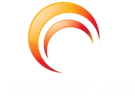
Introduction
- Crack formation is a typical phenomenon related to durability.
- Percolation of crack may lead to leakage problems, causing deterioration of the concrete matrix or corrosion of embedded steel reinforcement.
- In recent years a bacteria-based self healing concrete is being developed in order to extend the service life.
- A two component healing agent is added to the concrete mixture.
- The agent consist of bacteria and an organic mineral precursos compound.
What is Self Healing Concrete
- It is a special type of concrete invented by a group of microbiology researchers under the head of henk jonkers.
- Self healing concrete is also know as “BIO CONCRETE” or “BACTERIAL CONCRETE”.
- It is specially made to increase the life span of the durability of concrete structure by self healing action of that concrete.
What Special Present in SHC Concrete: There are two things present in self healing concrete.
- The special bacteria that has to resist the alkalinity and the mechanical stress of concrete.
- The chemical precursor to activate the bacteria.
What Bacteria is used: Most of the bacteria belongs to genus bacillus are fulfilling required criteria discussed above, some of the list of bacteria are-
- Pseudofirmus
- Cohnii
- Filla
- Pasteurii
The suitable chemical precursor found to be most suitable is “CALCIUM LACTATE”.
What is happening inside SHC Concrete
- The cracks are formed on the surface of concrete due to many reasons like shrinkage, inadequate water for hydration…..etc.
- The water is deliberately forced into the cracks and the precursor is activated.
- The activated precursor intrim induces the bacteria to react with the precursor and form a base of calcium carbonate called as limestone and the crack is filled up.
How the healing agents are applied
- By Direct Application: The bacteria and the chemical precursor are added directly while making the concrete.
- Encapsulation LWA: The part of the coarse aggregate is replaced by the light weingt aggregate, which is impregnated with the twice the calcium lactate solution and the spores of bacteria. After impregnation the alcy particles with 6% healing agents and the concrete is made.
Advantages
- Helps to fill the cracks
- Improvement in compressive strength of concrete.
- Better resistance towards freeze thaw attack reduction
- Reduction in permeability of concrete.
- Reduction in corrosion of reinforced concrete.
- Helps to reduce maintance and repair.
Disadvantages
- Cost of self healing concrete is double than conventional concrete.
- Growth of any bacteria is not good in any atmosphere media.
- There is no is code or other code is available.
- Investigation of calcite precipitation is costly studied.
- Skilled labour is required.
Applications
- Self healing concrete can be used for sectors such as tunnel-lining structural basement walls, highways, bridges, concrete floors and marine structures.
- This is new technology can provided ways to durable roads.
- High strength buildings with more bearing capacity.
- Long lasting river banks.
- Erosion prevention of loose sands.
Conclusion
- Microbial concrete technology has proved to be the better than many concentional technologies because of its ecofriendly nature and self healing abilities and increase in durability of various building materials and give them high strength for more bearing capacity and increase the life of the building.


